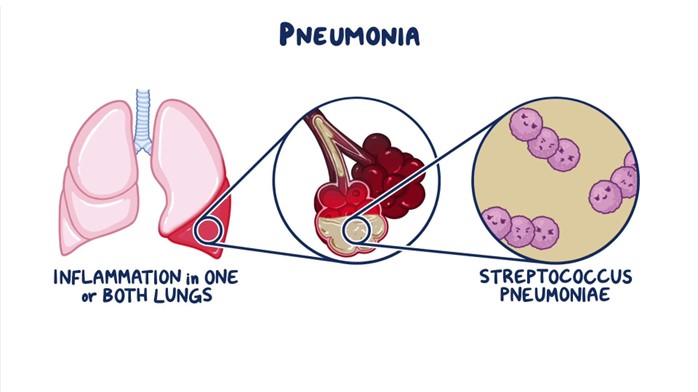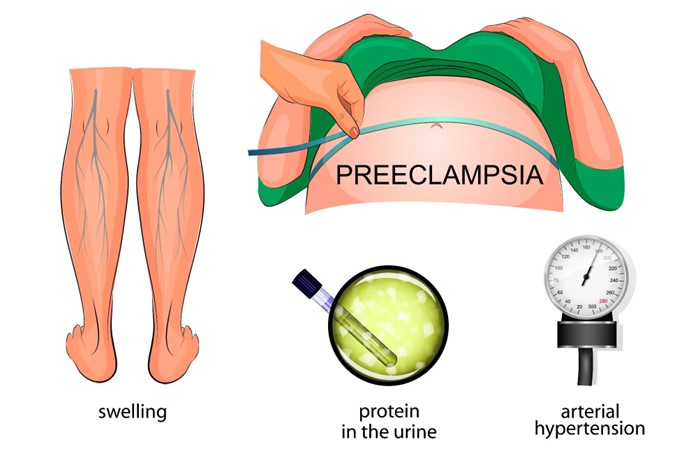A client with a history of dementia has become increasingly confused at night and is picking at an abdominal surgical dressing and the tape securing the intravenous (IV) line. The abdominal dressing is no longer occlusive, and the IV insertion site is pink. Which intervention should the nurse implement?
Replace the IV catheter with a smaller gauge
Apply soft bilateral wrist restraints
Leave the light on in the room at night
Redress the abdominal incision
The Correct Answer is D
The correct answer is: c. Leave the light on in the room at night.
Choice A: Replace the IV catheter with a smaller gauge
Replacing the IV catheter with a smaller gauge is not directly addressing the issue of the client’s confusion and agitation. While a smaller gauge might be less irritating, it does not solve the problem of the client picking at the IV site. The pinkness at the IV site suggests mild irritation or early signs of phlebitis, which can be managed by monitoring and ensuring proper securement and care of the IV site.
Choice B: Apply soft bilateral wrist restraints
Applying wrist restraints should be a last resort due to the potential for causing distress, agitation, and physical harm to the patient. Restraints can lead to negative outcomes such as decreased circulation, pressure ulcers, and increased agitation, especially in patients with dementia. It is generally recommended to use less restrictive measures first.
Choice C: Leave the light on in the room at night
Leaving the light on in the room at night (C) can help reduce confusion and agitation in dementia patients, a phenomenon known as sundowning. However, it does not address the immediate issue of the non-occlusive dressing and the pink IV insertion site.
Choice D: Redress the abdominal incision
Given the situation, the most appropriate intervention would be to redress the abdominal incision (D). This is because the dressing is no longer occlusive, which can increase the risk of infection. Ensuring the dressing is secure and clean is crucial for the patient's safety.
Nursing Test Bank
Naxlex Comprehensive Predictor Exams
Related Questions
Correct Answer is C
Explanation
Choice A: Yellow-tinged sputum is not a serious adverse effect of linezolid. It may indicate an infection or inflammation in the respiratory tract, but it does not require immediate attention from the health care provider.
Choice B: Nausea and headache are common side effects of linezolid. They are usually mild and self-limiting, and they can be managed with supportive measures such as hydration, rest, and analgesics.
Choice C: Watery diarrhea is a sign of pseudomembranous colitis, a potentially life-threatening complication of linezolid. It is caused by an overgrowth of Clostridium difficile bacteria in the colon, which produce toxins that damage the intestinal mucosa. It can lead to dehydration, electrolyte imbalance, sepsis, and perforation. The nurse should report this finding to the health care provider immediately and stop the linezolid infusion.
Choice D: Increased fatigue is not a specific or serious adverse effect of linezolid. It may be related to the underlying infection, anemia, or other factors. It does not require urgent intervention from the health care provider.

Correct Answer is B
Explanation
Choice A reason: When the client has ankle edema, it is important for the nurse to assess for other signs of fluid retention, such as weight gain, jugular venous distension, and crackles in the lungs. However, ankle edema alone is not a specific indicator of preeclampsia or eclampsia, which are conditions that can cause hyperreflexia or increased DTRs.
Choice C reason: During admission to labor and delivery, it is important for the nurse to assess various aspects of the client's health status, such as vital signs, fetal heart rate, contractions, cervical dilation, and pain level. However, assessing DTRs is not a routine part of labor and delivery assessment unless there are signs of preeclampsia or eclampsia.
Choice D reason: Within the first trimester of pregnancy, it is important for the nurse to assess for signs of pregnancy-related nausea and vomiting, bleeding, infection, and ectopic pregnancy. However, assessing DTRs is not a routine part of first trimester assessment unless there are signs of neurological disorders or spinal cord injury.

Whether you are a student looking to ace your exams or a practicing nurse seeking to enhance your expertise , our nursing education contents will empower you with the confidence and competence to make a difference in the lives of patients and become a respected leader in the healthcare field.
Visit Naxlex, invest in your future and unlock endless possibilities with our unparalleled nursing education contents today
Report Wrong Answer on the Current Question
Do you disagree with the answer? If yes, what is your expected answer? Explain.
Kindly be descriptive with the issue you are facing.
